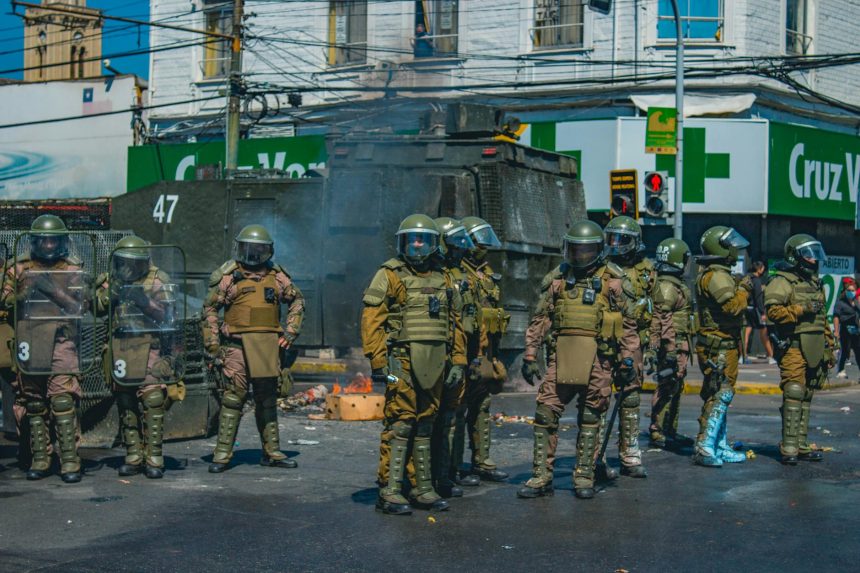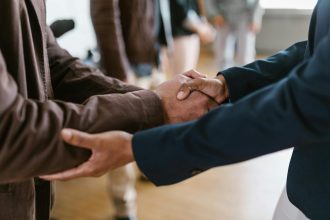protest phone privacy
Protect Your Phone at Protests: Essential Privacy Tips
Heading to a protest? Your smartphone, a powerful tool for communication and information, can also become a surveillance risk. Law enforcement agencies may employ tactics to monitor devices present at public gatherings. Understanding these risks and taking proactive steps to secure your phone is crucial for protecting your privacy and safety. This guide will walk you through essential preparations to safeguard your digital footprint before you join a protest.
Understanding Smartphone Surveillance at Protests
In today’s digital age, protests are often documented and disseminated through smartphones. However, this ubiquitous technology also presents vulnerabilities. Law enforcement can utilize various methods to gather information from devices, ranging from cell-site simulators (often referred to as “Stingrays”) that mimic cell towers to collect data from nearby phones, to accessing publicly available information and even requesting data from service providers.
How Law Enforcement Can Monitor Phones
- Cell-Site Simulators: These devices trick phones into connecting to them, allowing for the collection of device identifiers, location data, and potentially call/text content.
- Wi-Fi Snooping: Open or unsecured Wi-Fi networks can be exploited to intercept data.
- App Permissions: Apps with broad permissions can collect extensive user data, which might be accessed by authorities.
- Publicly Available Information: Social media posts, check-ins, and geotagged photos can be easily accessed.
- Data Requests: Law enforcement can legally request user data from telecommunication companies and app providers.
Preparing Your Phone for Protests: A Step-by-Step Guide
Taking a few simple precautions can significantly enhance your phone’s security. Implementing these measures before you head out can help mitigate potential surveillance risks.
1. Secure Your Device
The first line of defense is a strong passcode or biometric lock. Ensure your phone is set up with a complex passcode, fingerprint, or facial recognition. This prevents immediate physical access to your device if it’s lost or confiscated.
2. Review App Permissions
Many apps request more permissions than they need. Before attending a protest, audit your apps and revoke unnecessary permissions, especially those related to location, microphone, and camera access. Apps like Signal or Telegram offer end-to-end encryption for your communications.
3. Enable Airplane Mode or Turn Off Your Phone
The most effective way to prevent real-time tracking and data collection is to disable your phone’s connectivity. Turning on airplane mode cuts off cellular, Wi-Fi, and Bluetooth signals. For ultimate privacy, consider turning your phone off completely.
4. Use a VPN
A Virtual Private Network (VPN) encrypts your internet traffic and masks your IP address, making it harder for your online activity to be traced. Choose a reputable VPN service known for its no-logging policy.
5. Encrypt Your Data
Many smartphones offer built-in encryption. Ensure this feature is enabled. Full-disk encryption scrambles all data on your device, making it unreadable without your passcode.
6. Consider a “Burner” Phone
For maximum anonymity, use a prepaid “burner” phone that is not linked to your personal information. These phones can be purchased with cash and used only for the duration of the protest.
7. Delete Sensitive Apps and Data
If you’re particularly concerned, consider temporarily deleting apps that store sensitive personal information or communication logs. You can reinstall them later.
Post-Protest Phone Security
Once the protest concludes, it’s wise to continue with good security practices. Regularly review your phone’s activity, check for any unusual behavior, and keep your operating system and apps updated.
Staying Informed and Safe
Being aware of the potential for surveillance is the first step toward protecting yourself. For more in-depth information on digital privacy and security, resources like the Electronic Frontier Foundation (EFF) offer valuable guides and tools.
By implementing these preparatory steps, you can significantly enhance your digital privacy and focus on exercising your right to protest with greater peace of mind. Remember, your digital security is an extension of your personal safety.
Frequently Asked Questions About Protest Phone Privacy
- Can my phone be tracked if it’s off? If your phone is completely powered down, it cannot actively transmit or receive signals. However, if it has been powered off recently, it might still retain location data from its last active period.
- What is the most effective way to prevent tracking? The most effective method is to enable airplane mode or turn off your phone entirely.
- Are encrypted messaging apps truly private? End-to-end encrypted messaging apps like Signal are designed to make messages readable only by the sender and recipient, offering a high level of privacy for communications.
- Can my phone’s data be accessed without unlocking it? While difficult, sophisticated techniques and legal orders can sometimes allow access to data, especially if encryption is not robustly implemented or if the device is compromised.
Call to Action: Stay informed, stay safe, and protect your digital rights. Share these tips with fellow demonstrators to foster a more secure protest environment.
Featured image provided by Pexels — photo by Francisco Marín








